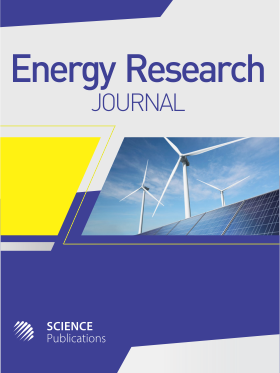Cost Comparisons in the Rice Disinfestations between Infrared Radiations Heating Application and Chemical Application
- 1 Ubon Ratchathani University, Thailand
Abstract
Problem statement: Rice is one of importance export goods especially Hom Mali Rice. Therefore, rice storage is very important. The main enemy of Hom Mali Rice is Rice Weevil. It is a small insect and grows fast with small amount of food eating. Its deteriorate rice by bite both internal and external rice kernel resulting in damage and loss of rice. However, its necessary to the study of cost in the rice disinfestations between the Infrared radiation heating application and chemical application in order to obtain information in decision making. Approach: The purpose of this research is to evaluate cost structure in the disinfestations of rice insect between chemical method and infrared radiation heating application. Methodology: (1) Data and information collected by surveying and rice milling enterprises from private in Surin province. The information studied were type of insects, rice storage method, organization and business method, cost structure and exportation system. (2) Cost analysis and rate of return. Results: The calculation of cost based on the large rice mill export factory in Surin province of Thailand. The cost structure of rice milling can be divided into 2 types: Fixed cost and variable cost which are equal to 5,385,256 baht (2% of total cost) and 274,922,345 baht (98 % of total cost), respectively. The rate of return in rice milling is 19,020 ton year-1. The income is from rice sale was approximately 284,349,000 baht (82.93% of total income) and from broken rice sale was approximately 30,812,400 baht (8.99% of total income). The cost of disinfestations by infrared radiation heating application and chemical equal to 0.3096 and 0.3037 baht kg-1, respectively. Therefore, the non-chemical method increase total cost only by 1% or 112,218 baht. Conclusion: Major enemy of Hom Mali Rice during stock is rice weevil. The rice deteriorations caused by rice weevil such as dirty rice, powder dust, weight loss and bad taste. The economic expenses and involving cost in applying radiation heating and chemical were calculated and compared. The cost structure of rice milling business consist of 2 groups include fixed cost equal to 5,385,256 baht (2% of total cost) and variable cost equal to 274,922,345 baht (98% of total cost). The rate of return in rice milling was 19,020 ton year-1. The total cost of using infrared radiation heating application and chemical application equal to 0.3096 and 0.3037 bath kg-1, respectively. Therefore, the infrared method increase total cost by 1% or cost increase of 112,218 baht year-1.
DOI: https://doi.org/10.3844/erjsp.2010.152.157

- 4,526 Views
- 3,098 Downloads
- 0 Citations
Download
Keywords
- Cost
- infrared radiation
- chemical
- rice weevil
